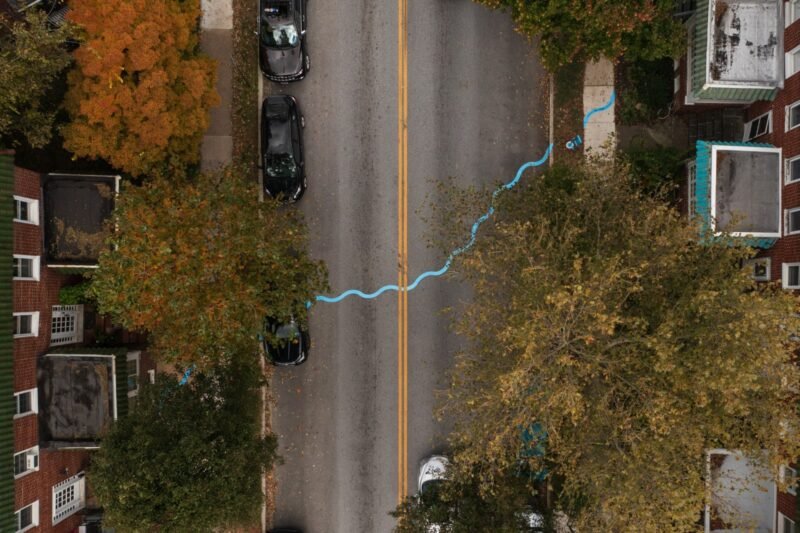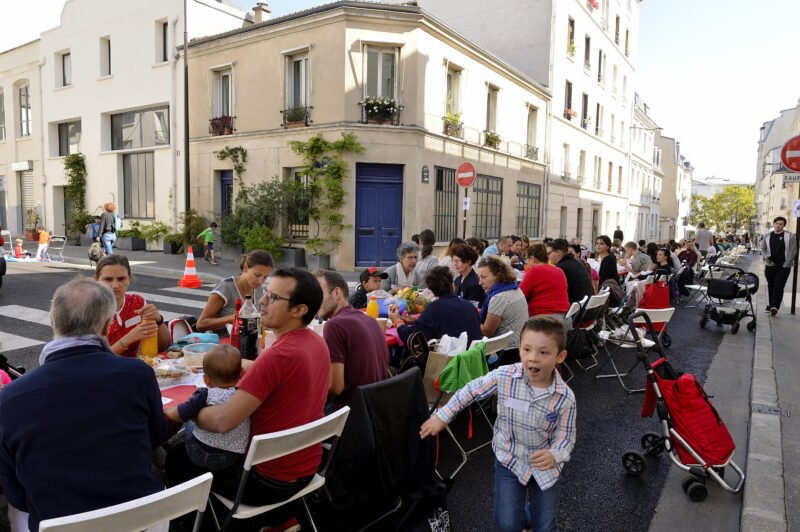The Swiss Army Knife Kiosk
In the summer of 2009 we wrote some articles about the kiosk as part of a strategy for revitalizing urban areas. In fact, kiosks do a good job when it comes to creating a metropolitan service level and social security in public space. In addition they optimize the atmosphere in cities, as we argued. Yatzer blogs about this very flexible kiosk unit made in Singapore in 2007.

This series of kiosks provide owners with a maximum of flexibility without taking a lot of space on the sidewalks. The kiosks consist of four cantilevered units for seating, display, storage and lighting. Thanks to the rotatable parts, each vendor will be able to adapt the form of the kiosk to the demands of his or her business. The 360° kiosk was built by the designers of Studio SKLIM lead by Beijing architect Kevin Lim. The assignment was to fill up a narrow strip of land measuring approximately 35 meters long and ranging in width from 7 to 13 meters. The challenge was to provide kiosks and to optimize the use of space without obstructing pedestrian circulation.
“Studio SKLIM reused existing canopy structures without sacrificing their structural integrity. A series of top and bottom roller bearings provide mobility to the individual kiosk units and a new supporting structure – welded to the existing columns – transferred the new loads to the existing foundation. Additional electrical routing was avoided through clever re-use of services and shared energy resources.”

There’s an enormous variation in the actual use of the different units along the strip, which varies from selling food and drinks to selling tourist souvenirs. As an extra, the continuous transformations create a dynamic visual performance in the urban landscape.



